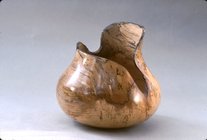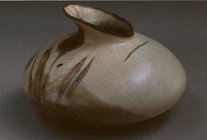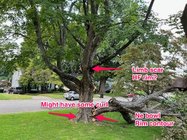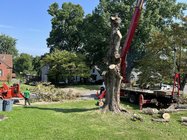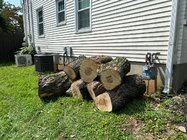Hi all! On Wednesday of this week, I'm unfortunately having a large maple (Water maple) taken down. Hate to do it, but it split in a storm and exposed a rotted out trunk at the base. Anyway, there will be TONS of healthy wood, and I'm going to save as much as I can cut up and store in the garage. So, my question is, what are some of your learnings around picking logs most likely to have figure? Crotches, heavy bends, etc.? I'm going to bury several in the back with shavings and a beer spray hoping for some spalting (had good luck with that the last time I had water maple).
What do you all look for in a log or tree section? I can't store too much, so I really want to pick the most interesting sections. It's hard to tell in the picture, but the trunk is 3-4 feet in diameter, I'd guess.
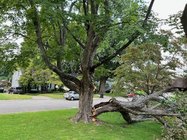
What do you all look for in a log or tree section? I can't store too much, so I really want to pick the most interesting sections. It's hard to tell in the picture, but the trunk is 3-4 feet in diameter, I'd guess.


